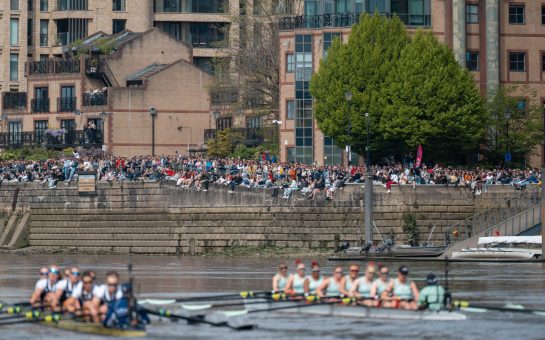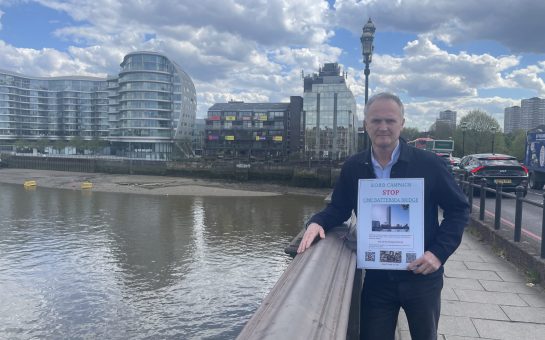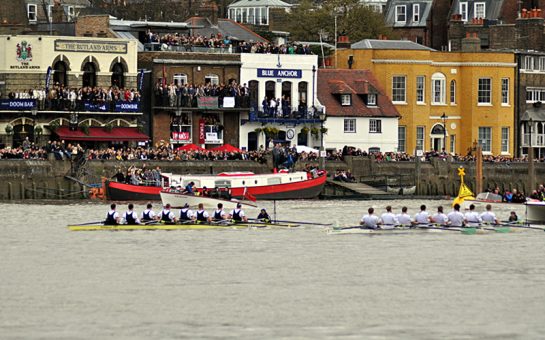Watching the Heathrow runway development debate unfold is like observing a high-stakes poker game.
Everyone has a lot to lose and the wrong decision can lead to serious consequences for the whole country.
Depending on your view, the Heathrow expansion is either the best option for British economic survival or a bad case of manipulative business rhetoric.
Councillor Colin Ellar, lead member for environment for Hounslow Council, said: “Its expansion could bring many advantages to the national and local economy, but it could also be a further blight on the lives of Hounslow residents.”
It is clear that this debate is all about the fine balancing act between community and economy and local and national politics.
Baroness Jo Valentine, Chief Executive of London First, a London-wide business lobbying group, insists that fierce global competition means that without decisive action the growing economic cost of deferring new runways, which is already too great, will not be halted.
But anti-Heathrow expansion pressure group 2M, which is primarily run by Wandsworth Council, but also represents other would-be affected boroughs, criticised Baroness Valentine statement.
“They do not have the power or the will to dictate where the airlines fly, so they present the case that there is a direct correlation between more flight capacities at Heathrow equals more links to emerging economies, but in reality it doesn’t work out that way,” said Eyvind Ryans, 2M spokesman and Communication and Campaigns Manager at Wandsworth Council.
On November 2 2012 the Airports Commission was launched by the Government, tasked with the unenviable job of collecting and then weighing up all the arguments for and against the expansion.
It is expected to report back its initial findings to the Government no later than the end of this year, although the finished report is not expected until 2015.
Sir Howard Davies, the Chair of the Airports Commission, said in a statement: “There is an important public debate in progress about the strengths and weaknesses of different airport operating models.”
“We believe it is particularly important to think about the way the aviation industry will change in the coming decades. Today’s industry is unrecognisable from the one a quarter of a century ago,” He added.
So what can be done? One idea is to build a completely new London airport.
London Mayor, Boris Johnson, suggested the Thames Estuary as a possible location.
Nicknamed ‘Boris Island’, the airport would sit on an artificial island and aim to help ease congestion at Heathrow.
Politicians were not so taken by the idea, with the Government Transport Select committee dismissing the plans in their report to the Government.
Louise Ellman, Chair of the House of Commons’ Transport Committee said: “The viability of an estuary hub airport would also require the closure of Heathrow – a course of action that would have unacceptable consequences for individuals, businesses in the vicinity of the existing airport and the local economy.”
Important players in the British aviation business were also equally as unenthused about the idea.
A spokeswoman for British Airways said: “The Committee also backs up our view that a Thames Estuary airport is not a credible option.”
Another suggestion was to allow Heathrow to use its existing runways for both landings and take-offs, operating what experts term as a ‘mixed-mode’ model.
As it stands, Heathrow currently uses a ‘segregated-mode’ model, meaning that each runway has a specific use, either for take-off or for landings.
Heathrow confirmed in a recent statement however, that they are not going to pursue this ‘mixed-mode’ system after consulting with local residents and acknowledging the impact of more noise on the community.
With all these options vetoed we turn yet again to the idea of an additional runway.
Heathrow’s Chief Executive, Colin Matthews, said in a statement: “The Airports Commission has a challenging task in its bid to find short term solutions to long term problems. The only real solution to a lack of runway capacity at our hub airport is to build another runway.”
Critics point out that Heathrow’s location was poorly planned in the first place, and to expand on it would be a mistake.
“If you were starting from scratch Heathrow would be the last place you’d put an airport,” said Mr Ryans.
“Our position is that you can’t exacerbate this mistake by sticking more runways down or allowing more planes to land” he added.
Mayor Boris Johnson said on Twitter in December that expanding Heathrow would be an eco-disaster and that one third of all EU plane noise victims already live near Heathrow.
If the findings of the Transport Select Committee are anything to go by, residents may find themselves faced with the possibility of not one new runway but two.
“We conclude that a third runway at Heathrow is necessary, but also suggest that a four-runway proposal may have merit,” said Ms Ellman.
This will be bad news for the residents of Putney and Battersea who already report that their quality of life is affected by being regularly woken up at 4:30am by existing plane noise.
All a British Airways spokeswomen would say on the topic of extra runways at Heathrow was that they believed all the options should be assessed thoroughly and objectively by the Davies Commission.
It appears that some people at least are keeping their cards close to their chests.
But whatever the outcome of the commissioner’s report, it seems clear that this poker game still has someway to go before the winner takes it all.
Picture courtesy of Shai Barzilay, with thanks




